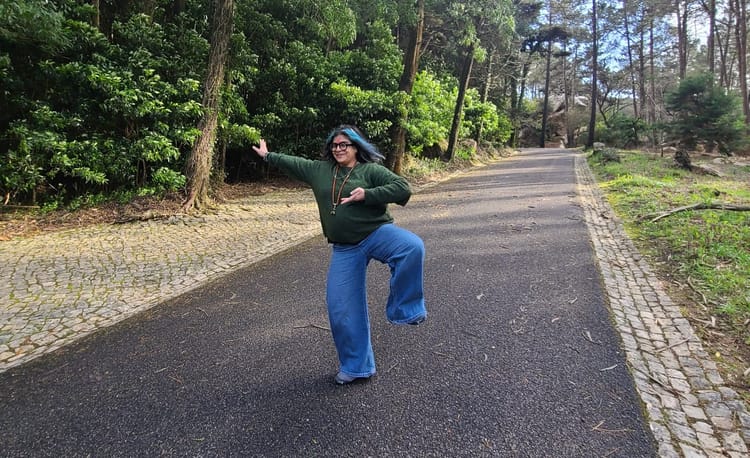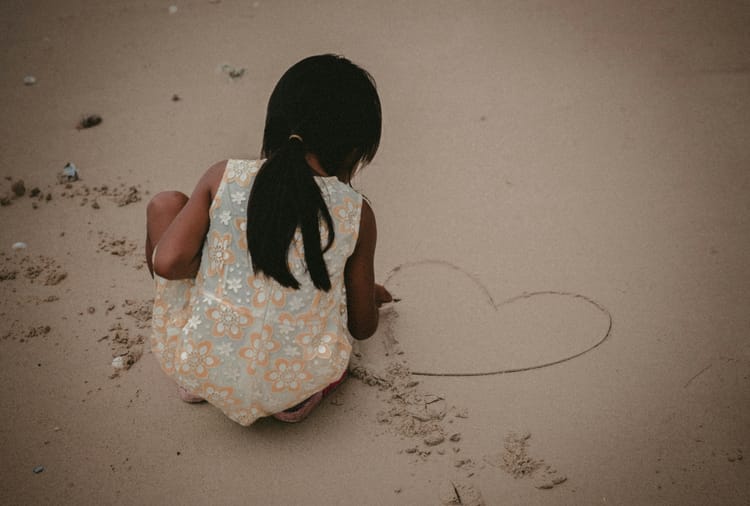Conflict and mindfulness

On Friday morning, I woke up and texted a close friend letting her know I love and care about her. The previous evening, I had hung up on her out of frustration. She had called to talk to me about a trigger she had experienced and caught me at the end of an exhausting week – work and health-wise. I had listened to her compassionately for 35 minutes. As I was getting ready to hang out, I suggested that she get a therapist and recommended a few resources. Her response was, “I don’t need you to be my therapist. I don’t share my issues with you often.” This is the sort of interaction I have with her often. I explained, perhaps a tad too exasperatedly. And she replied, “Why are you yelling at me?” I tried to make her understand, but my anger wouldn’t let me. I hung up.
After our abrupt phone call, I went on a long walk with my spouse and dog. In the sunshine and light breeze, I acknowledged that I should not have taken her call. I knew I had not wanted to talk about anything heavy, and she had been texting me from the bathroom at her uni about being triggered. I could have made an excuse, but I did not out of guilt. It did not end well, as was evidenced. I forgave myself for giving in to my guilt. And I forgave myself for hanging up on her.
The next morning, I sat in my meditation chair, unable to meditate, unable to move. I kept thinking of my friend. I was still irritated. I was surprised though, that along with being hurt myself, I was also angry with her for not taking care of herself. I was brimming with kindness, along with an inner ranting at her.
As I messaged her, I whispered, this is also meditation, to myself. I had not been ready to message her, but yet I found myself texting her. This is how I summarize my experience of dealing with conflict with mindfulness. I was able to do this only because I had dealt with my hurt and needs. I did not expect her to reply, but she did, with as much love.
On the mindfulness path, there is no space for bypassing. There are no shoulds and musts. The only requirement is to be in touch with what is. For me, it begins by assessing where I am, and what I need. Only then do I move forward to what is needed beyond me. In responding to what is needed beyond me, I ask myself what I CAN do realistically.
It was not always like this. In the past, I have felt validated when people have called on me to share their challenges. My socialization made me cherish the role of being someone people could count on in moments of strife. It was great, till it was not. I began to burn out and yet I felt I could not let people down in their moment of need. “They have no one else,” became a hook - of pride and desperation.
Very often, I would feel disappointed when people could not show up for me the way I had shown up for them. I felt everyone was selfish and I was all alone. The burden of life – mine and others was too much.
Since beginning my daily meditation practice a few years ago, I have been much better at setting boundaries with myself. I recognized that saying no to myself, bearing the discomfort of not being liked as much, or being thought of as unavailable and thereby a “bad” person was the growth that would help me out of this situation. My Vipassana (insight/wisdom) practice has taught me that thoughts, feelings, and sensations are transient. As they arise, they pass. They did not define me. I did not have to fear them. I do not have to do anything gargantuan to stop them. I became an expert at recognizing my emotional states and being present with them. I did less when I was activated and acted only when I felt grounded again.
Communicating these new boundaries was smooth because I was okay with not knowing everything in everyone’s life. I was okay not being the go-to. I was comfortable being thought of as aloof and a bitch. While I know, those close to me do not think of me as a bitch, I am comfortable with the idea if they did.
Beyond meditation, my practice was also in strengthening values or paramitas. One of them was truth. The truth of my showing up for others was not some altruistic superpower. It came from an internalized unworthiness. I felt I had to literally obliterate myself for others to gain their love and affection. One of the other paramitas is dana or generosity of spirit. In strengthening that, I learned to give without expecting returns. It was interesting to see that when I stretched beyond the reasonable, my state of mind was tumultuous or unwholesome. Whether it is money or time, I am now conscious of offering only as much as I can without the expectation of being reciprocated.
A big part of my mindfulness journey was meeting conflict with compassion. For myself first. And then the other person. It had to begin with me because even if I knew the other person’s circumstances and challenges, it did not negate the hurt I was experiencing. This understanding of holding space for the hurt I was experiencing transformed my relationship with myself. It helped strengthen my marriage. It saved my life.
When Sid and I would fight, it would entail endless finger-pointing. My commitment to the path helped me resolve that I did not want to be angry. The values brought with them wisdom. I would leave the room, go to a secluded corner and begin talking to god. I would complain to them as if a child were complaining about a sibling to a parent. I would say things like, “I will never talk to him again,” or “I hate him.” I would sob into my pillow and lie there till it left my body. This was me holding space for myself with radical acceptance and compassion. It allowed me to do the same for him
Then, involuntarily, I would find myself walking toward Sid and throwing myself into his arms. Apologizing and forgiving. I had always thought of this as something I did for me. Before I began meditating, my whole attitude was to act morally superior and prove to him how much better I was than him. And to be honest, I also kept a ledger of who apologized and how many times. It was all a mind game! After beginning my mindfulness practice, I apologized and made amends for me. I had not expected it to have the impact it did. Sid changed. He began coming to me to make up. All the things I yearned for came to me. From time to time, we still have those childish fights, but it ends with mutual recognition of the foolery.
My mindfulness practice also helped me accept that in some ongoing conflict relationships, the resolution is boundaries. There may be no grand moment of closure and mutual forgiveness. As I said before, there is no bypassing or forcing oneself to be in situations which are outright harmful. Some people fell away when I began to live in this different way. With others, I interact with them on my terms. There is no animosity in my mind for them. I wish them well, but I will not allow myself to create any ties with such folks that lead me to be constantly disappointed. I have learned the importance of conserving my energy and its role in my larger pursuit of liberation. I became aware of what is truly worth my energy.
So here is my 10-step approach to conflict resolution:
- Recognize the signs of conflict in your own mind and body.
- Create space between you and the conflict.
- Reflect on your own needs – physical, emotional, spiritual.
- Take steps to meet some/all of your needs.
- Ask yourself if you are ready to engage again.
- Assess what you can realistically do to address the conflict.
- Be aware of any expectations you might have of the other person.
- Close the conflict with them or in your own mind by taking care of yourself.
- Release anything that you might be holding on to through journalling, therapy and movement.
- Acknowledge yourself for putting in the work.
Remember, you do not have to resolve a conflict before you are ready. Hold space for yourself. Be there for yourself. then move to resolving the conflict. If you have enjoyed this post, share with a friend!


Member discussion